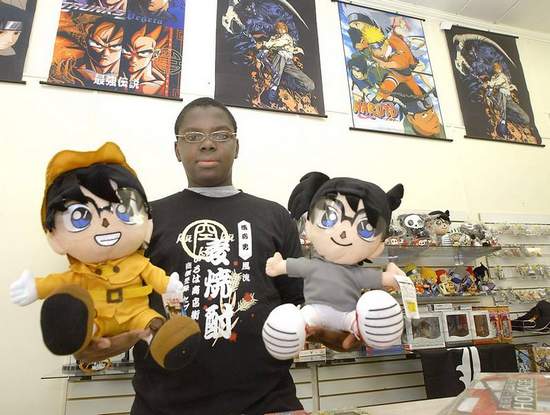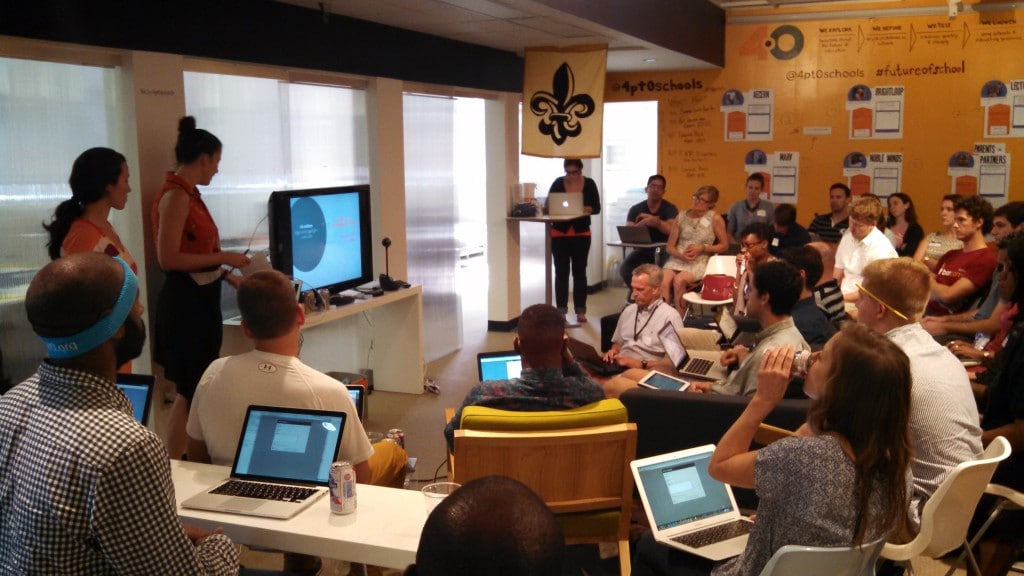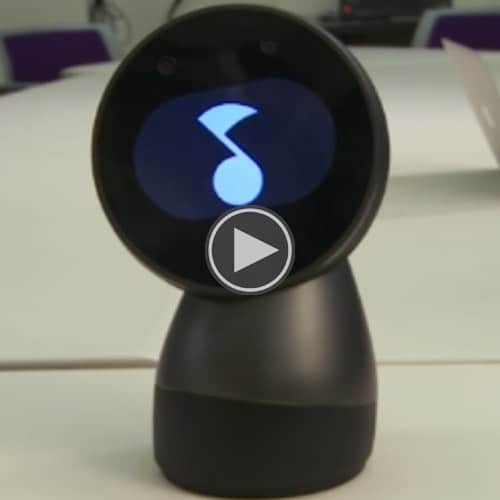While history books would have us believe that scientific and technological advancement suddenly sprang forth during the Age of Enlightenment in late-17th century Western Europe, a deeper dig into the matter reveals that the institution of African enslavement has an inextricable connection to the development of the Western scientific establishment. Scientific experimentation and studies on enslaved Black bodies became the justification for continued enslavement. In her book Medical Apartheid: The Dark History of Medical Experimentation on Black Americans from Colonial Times to the Present, Harriet A. Washington provides a history of medical experimentation on African-Americans, presenting the first full account of the gross mistreatment of Black people as forced subjects of experimentation.
Because of institutional racism and our positions as mere subjects of science, Black people have typically been excluded from the mainstream scientific establishment as actors, practitioners, researchers and policymakers. Black scientific and technological innovation and achievement have gone virtually unrecognized, save for the handful of Black scientists and engineers who get their acknowledgments during Black History Month. Contrary to perceptions of Blackness as divorced from tech and science, we have a long and well-documented history, present and anticipated future of technological development behind and ahead of us. In this series, we continue to explore the expansive realm of Black speculative technologies in music, art and literature.











